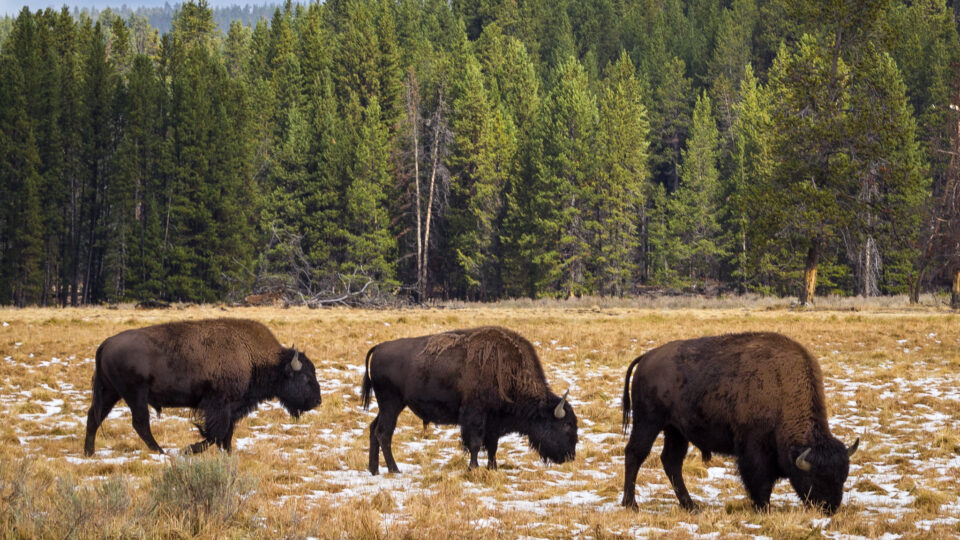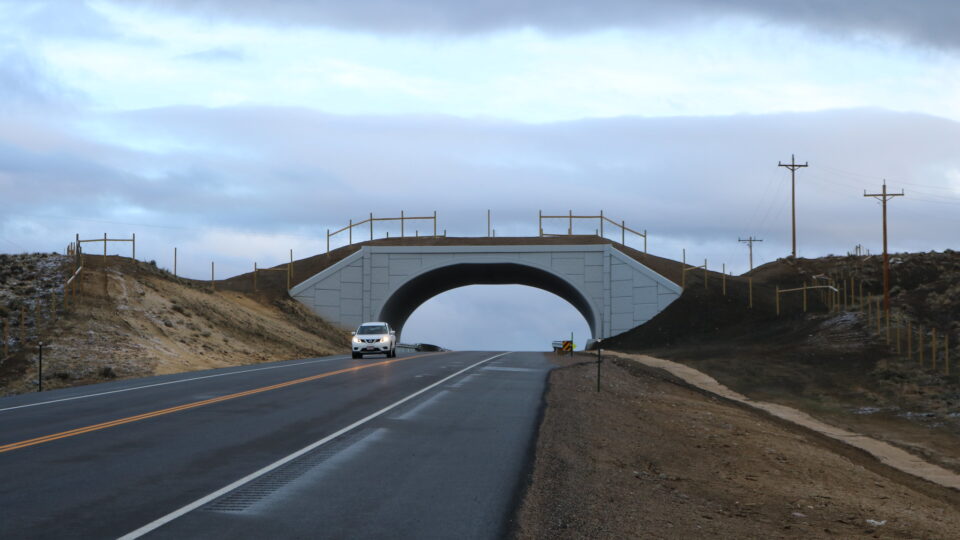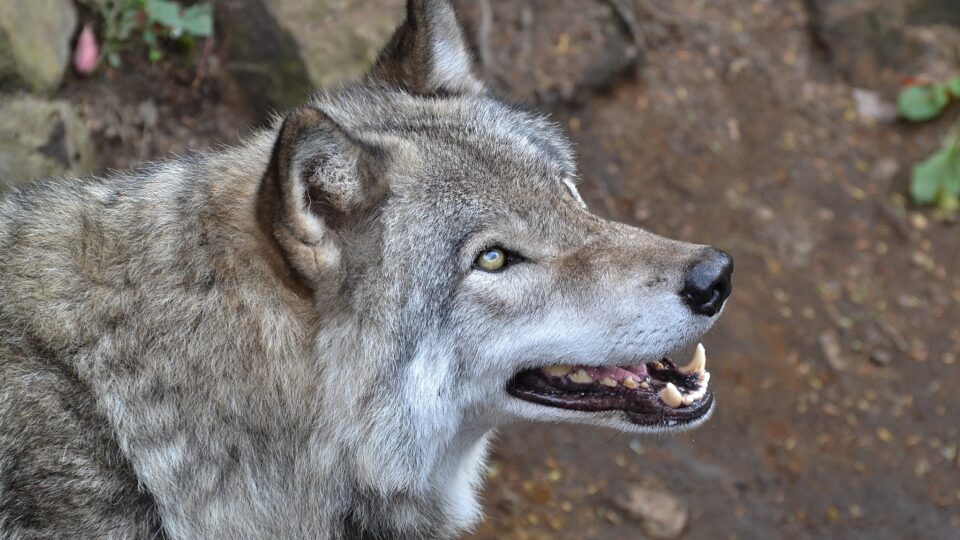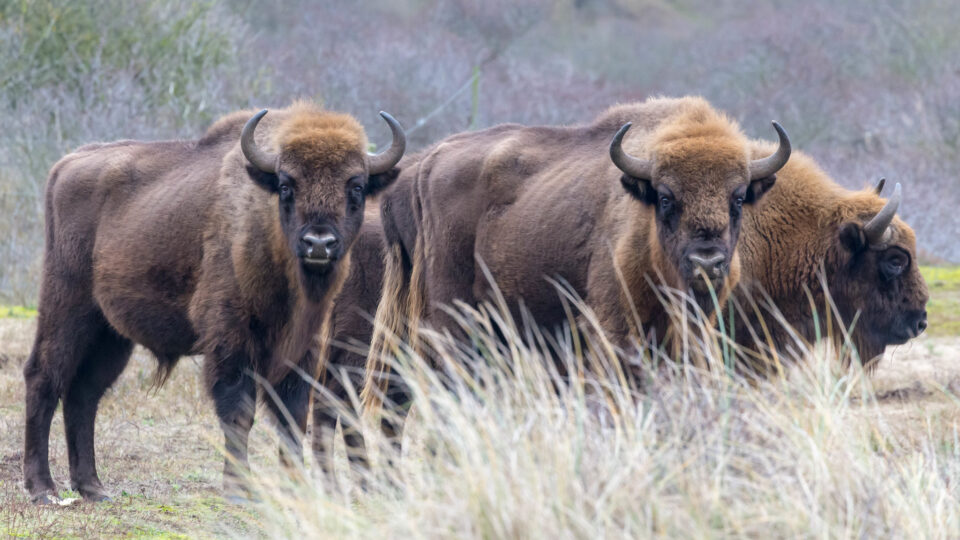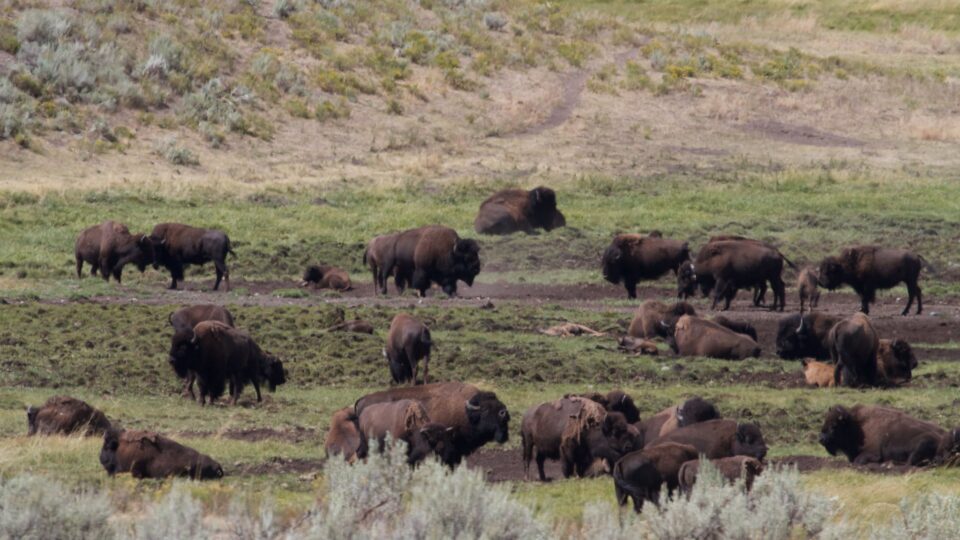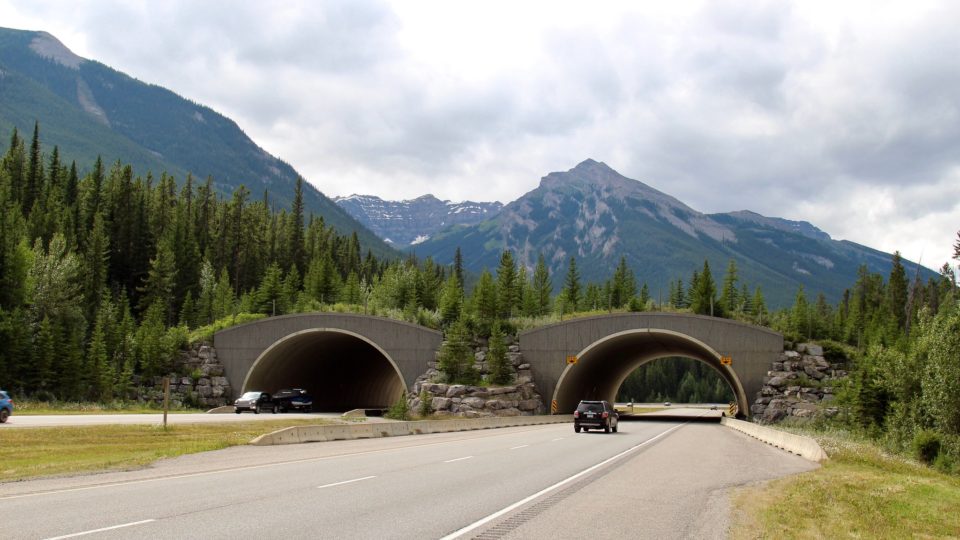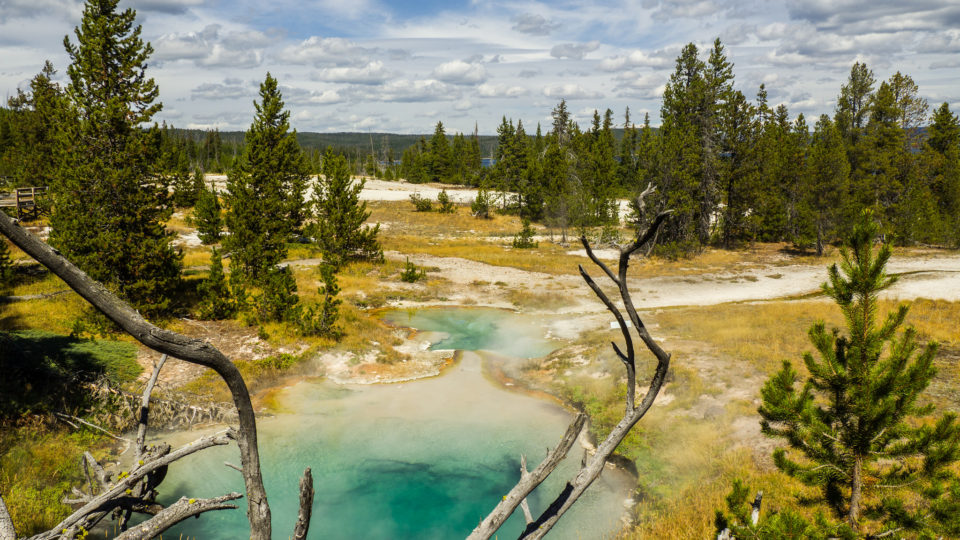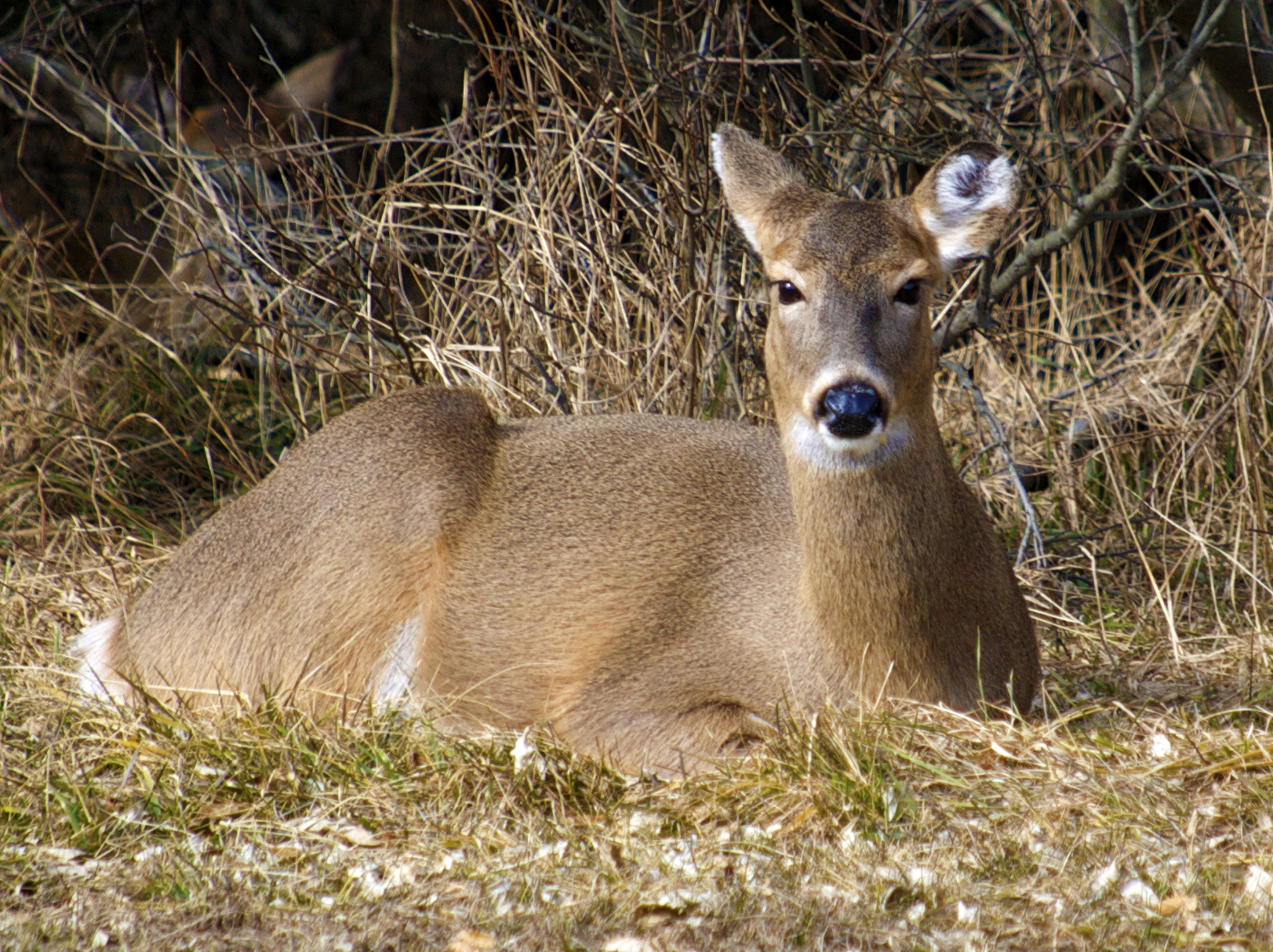In the northern part of Yellowstone National Park, an historically large bison herd is hampering the comeback of quaking aspen trees, whose numbers were greatly diminished by decades of over-browsing by elk. Restoring the balance of ecosystems at Yellowstone is proving to be a complicated matter.
Long ago, the bison population in the Great Plains was as much as 30 million. The population sharply decreased in the 1800s. By the 1830s, there were no bison east of the Mississippi River. Fifty years later, the Plains bison was nearly extinct. Several small herds lived near Yellowstone Park when it was established in 1872, but poachers killed off nearly of them by the turn of the century. Protective measures were taken and by 1925, Yellowstone’s Lamar Valley herd had grown to more than 750. After that, occasional culling took place for over 40 years.
When gray wolves and cougars were removed from the park, elk populations boomed, and the elk gradually decimated the growth of quaking aspen, cottonwood, willow, and berry-producing shrubs. Both elk and bison were regularly culled until 1968 when public and congressional outcry intervened.
The return of wolves and cougars to the park made some progress in restoring ecosystem balance, particularly with respect to the elk population which has dropped from 20,000 to 5,000. But bison numbers have grown to over 4,000 over past 20 years and the damage once caused by elk is now continuing from bison.
Park administrators are faced with complex management decisions about how to best preserve the ecosystems at Yellowstone National Park.
**********
Web Links
Bison in northern Yellowstone proving to be too much of a good thing
Photo, posted October 6, 2016, courtesy of Christian Collins via Flickr.
Earth Wise is a production of WAMC Northeast Public Radio
